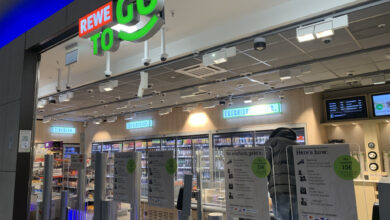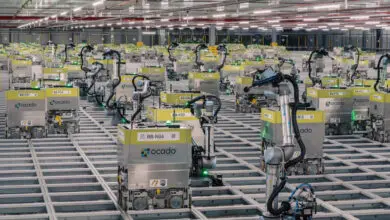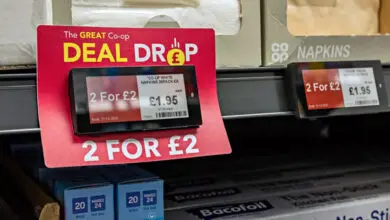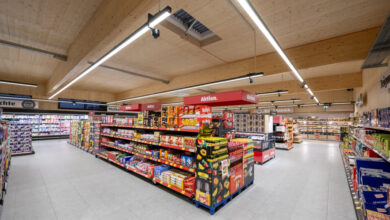Edeka’s Netto monitors SCOs with Checklens
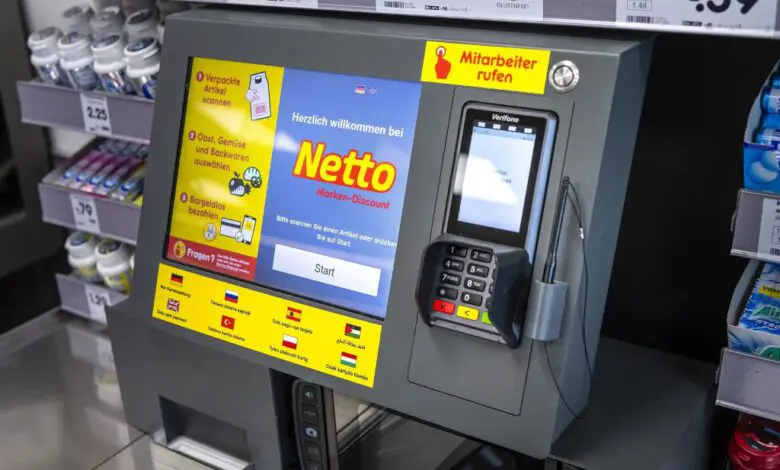
Netto Marken-Discount is testing a solution from Austrian specialist Checklens to help reduce shrinkage at self-checkouts. The subsidiary of Edeka Group has equipped a total of 12 self-checkouts in two stores in Regensburg with the technology. Checklens uses computer vision and artificial intelligence to identify discrepancies between items selected by customers and the actual shopping basket they registered.
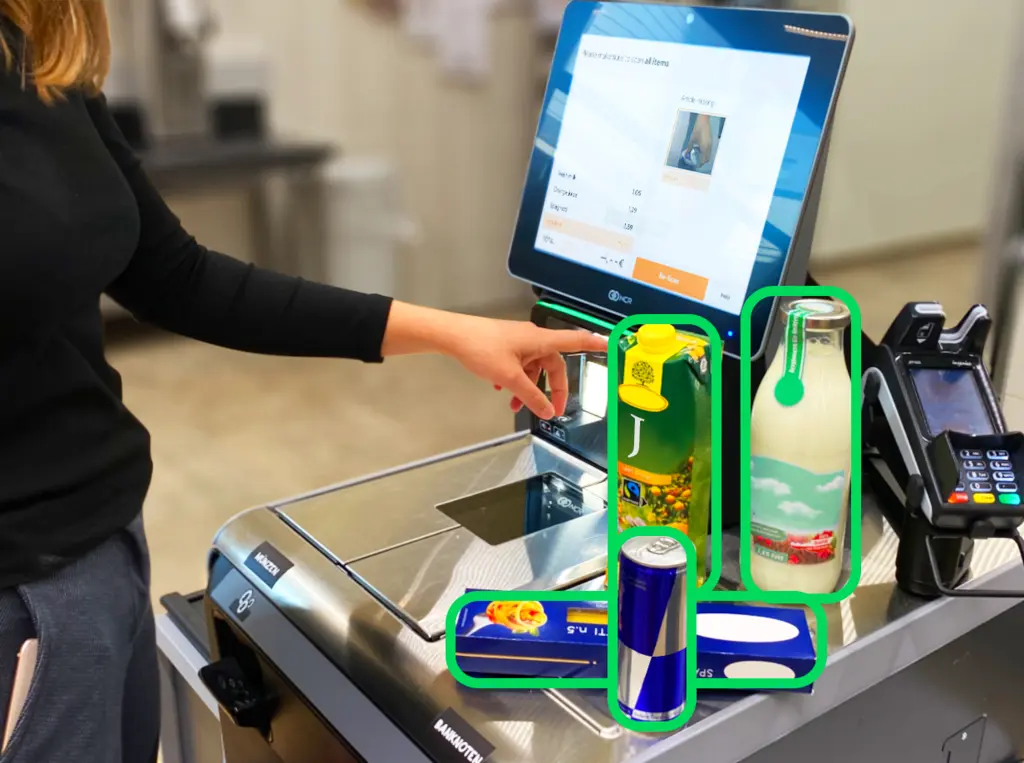
The system identifies items selected by the customer using a camera mounted above the checkout system and creates a virtual shopping basket. The AI-based software compares this with the scanned products. It also detects items without a barcode, such as fruit and vegetables, even if they are packed in transparent bags or nets. If the shopper has not scanned one or more items, he or she receives a message on the screen asking to correct it. This only happens at the end of the basket, when the customer has pressed the total button, allowing corrections until the end of the process.
The solution only identifies products sold in the store but does not perform facial recognition. The system does not collect or store personal data, explains Checklens CEO Konstantin Heiller speaking with the Retail Optimiser. If a customer does not scan goods, this often happens by mistake or lack of practice. Heiller estimates that at most half of the shrinkage at self-service checkouts is due to fraud. He describes his solution as an assistance system that supports shoppers in operating the checkout and helps retail companies minimise inventory discrepancies.
Adapted to the checkout process
The Checklens solution differs from other camera-based solutions primarily through what Heiller calls its free-flow concept. This means that it is independent of the layout of the checkout zone and adapts to the respective design of the checkout process. Even how the software behaves in case of possible deviations can be designed according to the retailer’s wishes. For example, the message on the screen can simply tell the customer how many items they should re-scan or additionally display images of the corresponding products. Netto has opted for the latter. The retailer can also determine whether the error message is sent to a store employee first or simultaneously. This can also be done via a mobile device.
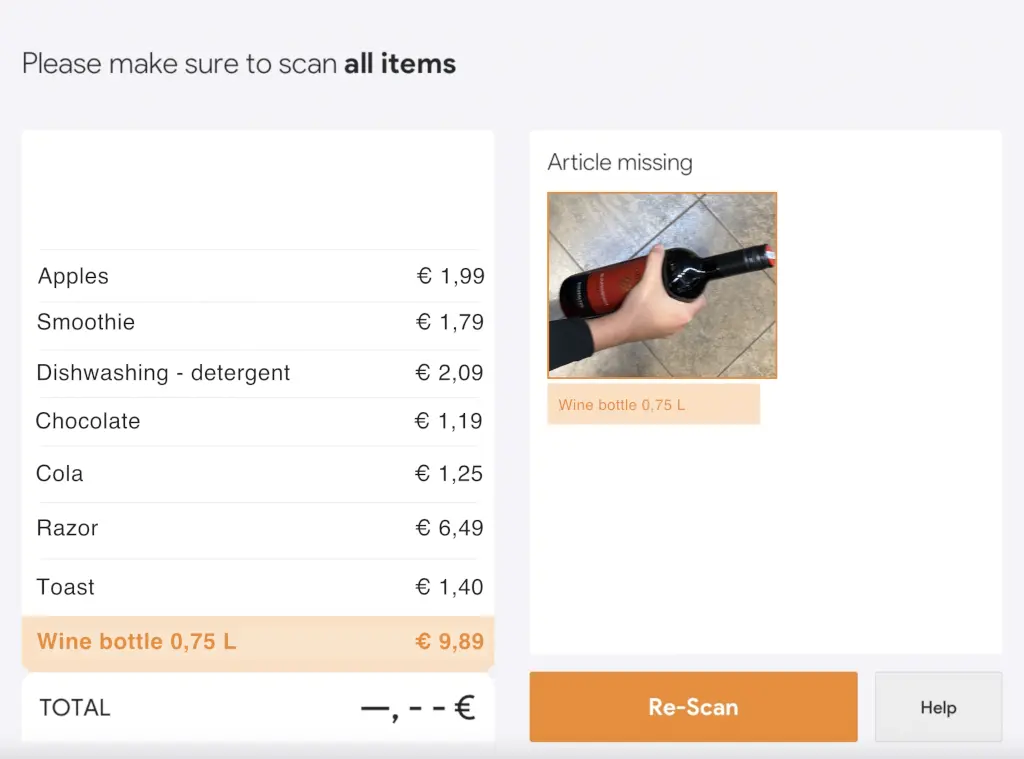
The software does not link up to master data from the merchandise management system. The self-learning system works autonomously and only needs to be trained on articles of the respective assortment. Depending on the assortment, this takes four to six weeks for the first store of a new project. Each additional store can then be readied for operation in one to two days. However, Checklens has a constantly growing database. Therefore, Konstantin Heiller is convinced that set-up times will be shorter in the future.
When the pilot proves successful, Netto will be able to roll out the solution very quickly. In parallel, the discounter is testing Trigo’s technology which allows operation of autonomous stores without any checkouts at all. Most likely, not all stores will be operated unattended in the future. That is why Heiller sees room for both solutions. As he tells Retail Optimiser, 50 percent of the top 20 European food retailers are already testing Checklens’ technology.

